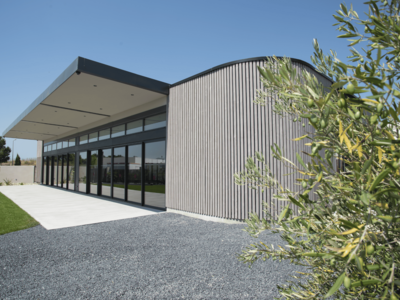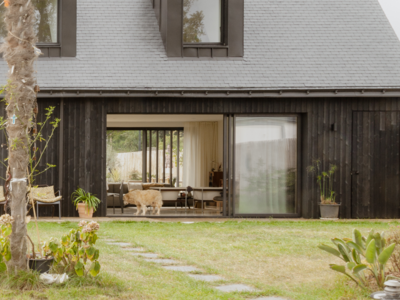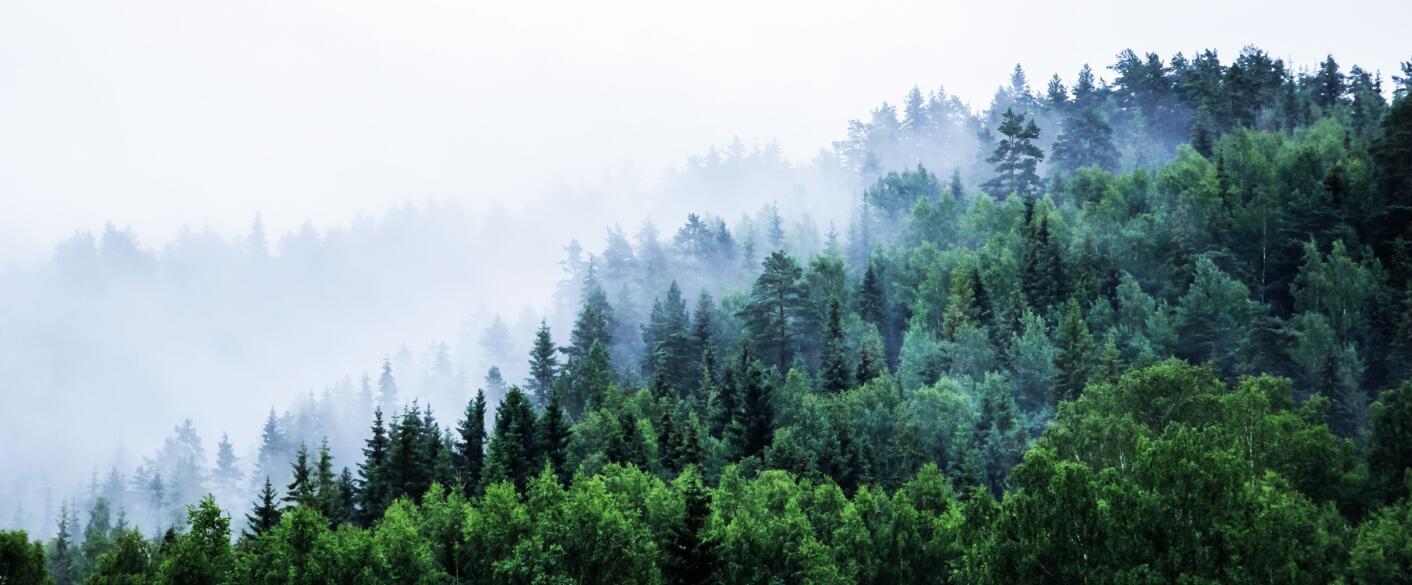The decree of 07 August 2019 requires a laboratory opinion on the material used on the façade of 3rd family collective buildings. Failing this, the material must be classified as Euroclasse A. The wood material is covered by a laboratory opinion. This is the CSTB guide on wood construction and fire propagation through facades. It is therefore perfectly possible to use Euroclasse D or Euroclasse C cladding on a façade. Under no circumstances do the regulations require Euroclass B for external facades.
Sivalbp, a forerunner in fire-rated façade solutions, offers a whole range of solutions to meet the requirements of the building industry for Euroclass C and D cladding. These various fire-rated solutions have a natural, not conferred, performance and do not require chemical maintenance of the wood to maintain this fire performance. The solutions mastered by Sivalbp are offered in 4 ranges, with or without finish, each with its own aesthetic characteristics, from natural cladding to cladding with a wood tone, pre-weathered finish or darker tones.
When Euroclass D is required for certain types of housing, these solutions offer the advantage of a variety of species and saturation solutions.
When Euroclass C is required, the choice of Larch species in its natural state or with a finish is essential; its durability in terms of fire performance is natural. At Sivalbp, we offer several solutions for Euroclass C cladding on Larch. Performance is achieved with different surface finishes (solid brushed or solid planed) and different profiles.
Please note that the reaction to fire of a façade also depends on compliance with specific installation conditions and the installation of the planks in accordance with DTU 41.2 (air planks with a maximum opening thickness of 40 mm, mechanical assembly on a framework classified as at least D, installation against a substrate classified as at least D, with or without a rain screen, classified as at least E). In all cases, the panels can be installed horizontally or vertically.
Do you have a project requiring fire resistance? Would you like better protection for your wooden facades and cladding? Consult our Sivalbp teams for your project and discover our range of fire-resistant wooden cladding.









